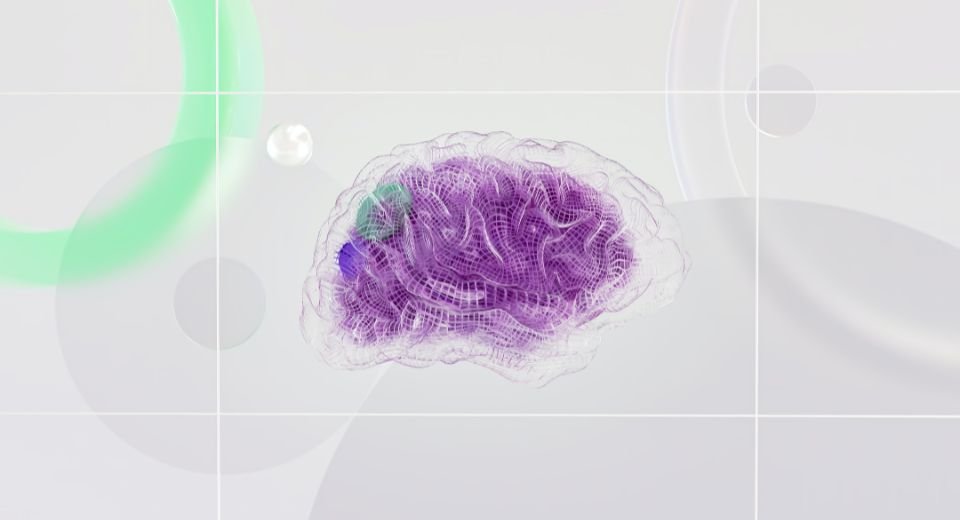HQ Team
January 16, 2023: The current treatment of cortical malformations in the anterior parts of the brain, or cerebrum, in vertebrates by its surgical removal to cure epilepsy left scientists with one question. What causes these patches?
Researchers at the University of California San Diego School of Medicine and Rady Children’s Institute for Genomic Medicine, and an international consortium of more than 20 children’s hospitals worldwide, reported a breakthrough in understanding the genetic causes of “malformations of cortical development” (MCD).
The cortex relates to the cerebrum’s outer layer, which is responsible for integrating complex sensory and neural functions and initiating and coordinating voluntary activity in the body.
The cerebrum is in the headland area and consists of two hemispheres separated by a fissure.
Members of the Focal Cortical Dysplasia Neurogenetics Consortium probed 283 brain resections from children across a range of MCD types, with parental consent, looking for potential genetic causes.
As most brain tissue in these children is expected, the scientists focused on mutations in a small subset of brain cells, a phenomenon termed somatic genetic mosaicism.
Way to new classifications
These findings could lead to new molecular classifications for MCD, and ultimately personalized therapies for epilepsy.”
Epilepsy is present in 4% of the population and is among children’s most common brain disorders. Modern medicine can prevent most seizure recurrences, but approximately 20% of patients did not respond.
In these cases, the reason may originate in patches of damaged or abnormal brain MCD tissue, which results in a diverse group of neurodevelopment disorders.
Surgical resection or patch removal can cure seizures, and epilepsy surgery to improve neurological outcomes is now a vital part of the modern medical armoury, but what causes the patches largely remained a mystery.
“This was a decade-long journey, bringing specialists together from around the world, to recruit patients for this study,” said senior study author Joseph Gleeson, Rady Professor of Neuroscience at UC San Diego School of Medicine.
Mosaicism analysis
“Until recently, most hospitals did not study resected brain tissue for genetic causes. The consortium organized a biobank to store tissue for high-throughput mosaicism analysis.”
Somatic mosaicism refers to the occurrence of two genetically distinct populations within a person derived from a post-zygotic mutation. In contrast to inherited mutations, somatic mosaic mutations may affect only a portion of the body and are not transmitted to the progeny.
Previous research by Gleeson and colleagues had shown that somatic genetic mosaicism in the mTOR signalling pathway was a contributing factor, PhD, a postdoctoral fellow in the Gleeson lab.
“But most patients remain undiagnosed, which hinders treatment. We tested for hidden mutations, detectable only by greatly expanding the cohort size and improving methods so that the results could be meaningful,” said co-first author Changuk Chung.
“We collaborated to solve technical and logistical bottlenecks. The pieces fell into place, but it took ten years.”
Genomic discovery
The team conducted intensive genomic discovery using state-of-art somatic mosaic algorithms developed by the National Institutes of Health.
“We tried our best to detect mutations in as little as 1 per cent of cells,” said co-first author Xiaoxu Yang of Gleeson’s lab. “Initially, we failed. To solve these problems, we needed to develop novel artificial intelligence methods to overcome barriers in sensitivity and specificity.”
The team ultimately identified 69 genes carrying somatic brain mutations, most of which have never previously been reported in MCD.
“We can draw parallels with the cancer field because these mutations disrupt cellular function and need to be resected,” said co-first author Chung. “However, unlike cancer cells, brain cells mostly do not divide, so these cells misbehave by stimulating epileptic seizures. The question was whether the newly found gene mutations were sufficient to cause MCD disease.”
Calcium signalling
Gleeson said the scientists found that the genes converged on calcium signalling, gene expression and synaptic functions and noted that abnormalities similar to those seen in patients were observed when the mutations were introduced into a mouse model.
Calcium signalling is essential for regulating crucial functions within the human body, such as overseeing cell death, gene transcription, muscle contraction, exocytosis, neuronal transmission, cell motility (including the movement of flagella and cilia), fertilization and cell growth.
Electrical, hormonal and mechanical stimulation of cells can produce calcium signals by causing entry of the ion across the plasma membrane or its release from intracellular stores.
The study authors suggest the findings could be used to improve diagnosis and develop cures for MCD disease.
“The MCD genes in patient brains have demonstrated critical roles during cortical development,” said Gleeson. “These findings could lead to new molecular classifications for MCD, and ultimately to personalized therapies for epilepsy.”
